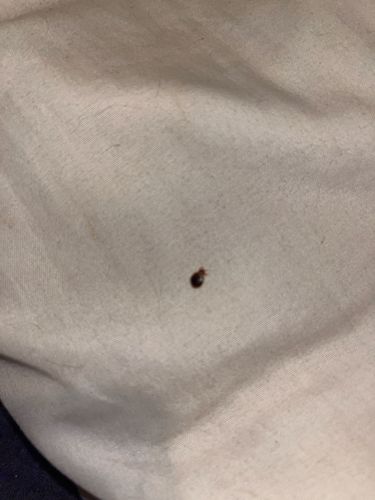Bed Bug
Scientific Name: Cimex lectularius
Order & Family: Hemiptera (Order), Cimicidae (Family)
Size: Adults are typically 4-5 mm (0.16-0.20 inches) long, similar to an apple seed. Nymphs are smaller and translucent.

Natural Habitat
Primarily found in human dwellings, especially in beds (mattress seams, bed frames, headboards), furniture, walls, and other sheltered locations where they can hide close to a host. They thrive in cluttered environments.
Diet & Feeding
Exclusively feed on blood, primarily human blood. They use a proboscis to pierce the skin and extract blood, usually taking 3 to 10 minutes to feed.
Behavior Patterns
Nocturnal; they hide during the day in cracks and crevices, usually within 8 feet of where people sleep. They come out at night to feed. They are known for rapid reproduction.
Risks & Benefits
Risks: Bed bug bites can cause itchy red welts, leading to skin irritation, allergic reactions, and secondary skin infections from scratching. They do not transmit diseases to humans. Benefits: No known direct benefits to humans or the managed ecosystem.
Identified on: 8/10/2025